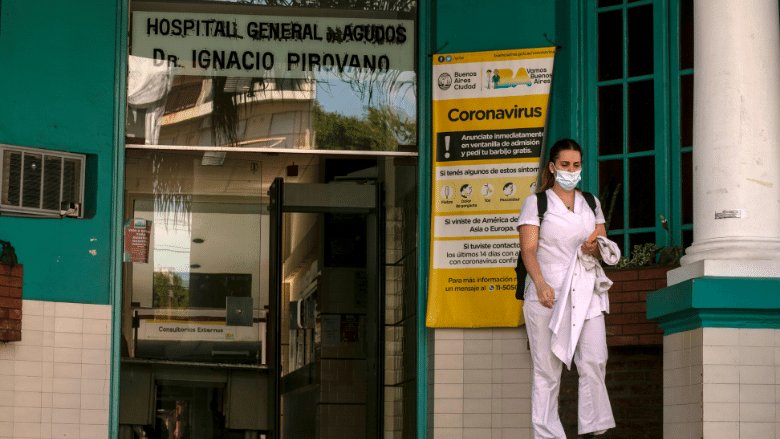Challenge
Non-Communicable Diseases (NCDs) are a major global concern. Even though they are common, NCDs are usually not detected or treated, and are often called a “silent epidemic.” They cause around 71 percent of all deaths worldwide. In Argentina, they are the leading cause of death, accounting for 63.2 percent of all deaths in 2020. NCDs affect the poor disproportionally, since lifestyle dynamics that lead to NCDs are often influenced by social and economic factors, such as poverty, lack of education, limited access to healthy food choices and safe environments for physical activity.
Approach
The Protecting Vulnerable People Against Noncommunicable Diseases Project (referred to as PROTEGER, for the Spanish word for “protect”) aimed to: (i) improve the readiness of Argentina’s public health facilities to deliver more and better NCD services for vulnerable population groups; and (ii) to protect vulnerable population groups against prevalent NCD risk factors.
PROTEGER used Transfer-Linked Indicators (i.e., the transfer of resources based on results) to incentivize its implementation at the provincial and clinic levels and, in the case of addressing risk factors, also at the municipal level. This approach was particularly suitable for Argentina’s federal structure, under which provinces and municipalities are highly autonomous. The allocation of financial resources among provinces followed a pro-poor formula, based on the proportion of people with unsatisfied basic needs (30 percent) and the provincial burden of NCDs (30 percent).
PROTEGER’s innovative design simultaneously addressed NCD care and underlying risk factors in an integrated manner, reflecting the fact that NCDs share four major risk factors: tobacco use, physical inactivity, excessive alcohol consumption, and unhealthy diets. It mirrored a paradigm shift in the approach toward NCD care, addressing them as a cluster of diseases in an integrated manner rather than in a separate, “siloed” fashion. The project’s approach toward addressing NCD risk factors was also innovative, going beyond the health sector to promote broad intersectoral responses.
